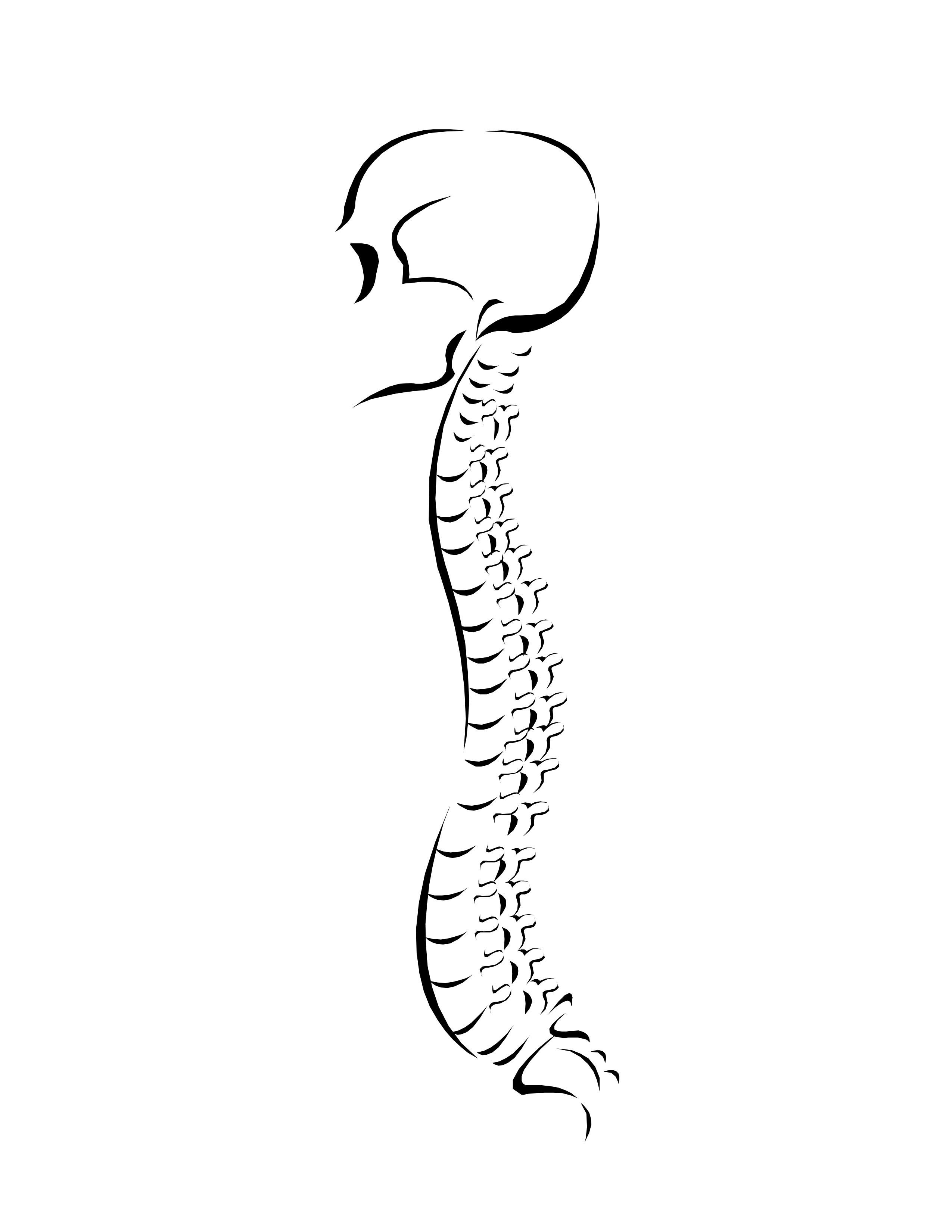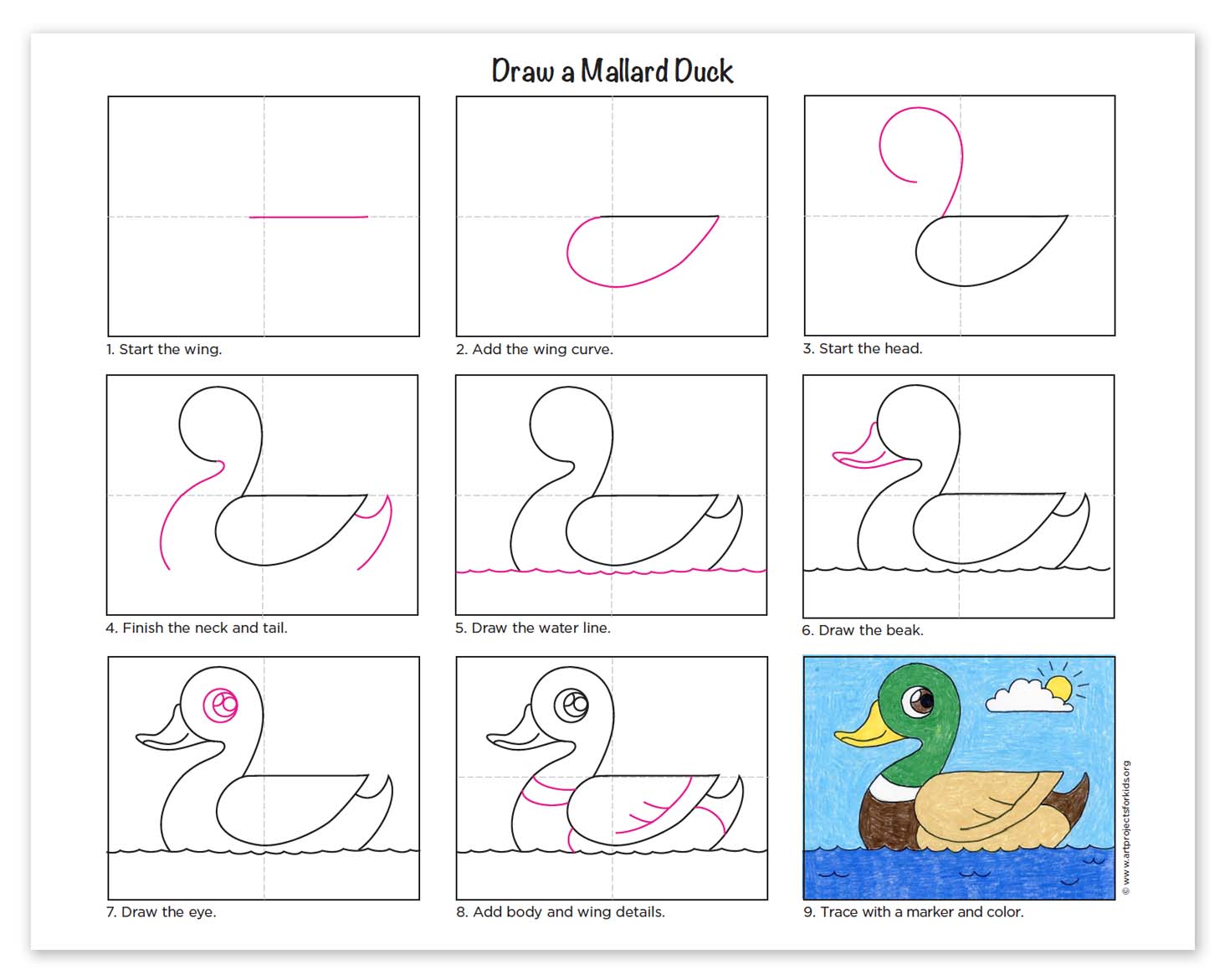10 best for simple outline spine drawing
Table of Contents
Table of Contents
If you’re looking to improve your drawing skills and want to learn how to draw a spine, you’ve come to the right place. Whether you’re studying anatomy, working on character design, or just hoping to create realistic illustrations, drawing the spine is essential. It may seem intimidating, but with a little practice and guidance, anyone can learn how to draw a spine that looks like it belongs in a medical textbook.
Pain Points Related to How to Draw a Spine
When it comes to drawing the spine, one common pain point is the complexity of the human anatomy. The spine is made up of 33 individual bones, each with its own unique shape and curvature. It can be difficult to understand how all these pieces fit together, especially for beginners. Additionally, the way the spine bends and twists can impact the overall pose and movement of the body, making it essential to get it right.
Answering the Target of How to Draw a Spine
The first step in drawing a spine is to understand its basic structure. The spine is divided into five sections: cervical, thoracic, lumbar, sacral, and coccygeal. Each section has its own unique curvature and serves a distinct purpose in supporting the body. Once you have a basic understanding of the spine’s structure, it’s easier to start drawing it. You can use a reference image, like the ones we’ve included, to help guide you through the process.
Summary of Main Points
In summary, when learning how to draw a spine, it’s important to focus on understanding its structure, familiarizing yourself with the spine’s different sections, and using reference images to guide your drawing. With practice, you’ll be able to create realistic and accurate illustrations of this essential part of the human anatomy.
Drawing the Spine: A Personal Experience
When I first started drawing, the spine was one area that always gave me trouble. I found the complex curves and unique shape of each vertebra intimidating, and it was hard to know where to start. However, I found that breaking the spine down into its individual parts and focusing on each section helped me to understand it better. I also practiced drawing from different angles to get a better sense of how the spine moves and bends.
 Drawing the Spine from Different Angles
Drawing the Spine from Different Angles
When drawing the spine, it’s important to consider the different angles from which it may be viewed. For example, a side view of the spine will appear different from a front view, and the curvature may appear different in different poses. Look for reference images that show the spine from different angles to develop a fuller understanding of its shape and structure.
 ### Understanding the Spine’s Curvature
### Understanding the Spine’s Curvature
The curve of the spine is essential in creating realistic-looking figures. Take note of how the spine curves and bends in different areas, and how this affects the overall pose of the body. For example, the lumbar section of the spine has a natural inward curve, while the thoracic section has a slight outward curve. Understanding these curves will help you to create realistic poses and movements in your illustrations.
 #### The Importance of Practice
#### The Importance of Practice
Finally, the most important thing when learning how to draw a spine is to practice. It may take time to develop your skills, but with patience and persistence, you’ll soon be able to create stunning illustrations that accurately depict the spine’s unique shape and curvature.
Question & Answer: Drawing the Spine
Q: What materials do I need to draw the spine?
A: All you really need is paper, a pencil or pen, and a good reference image of the spine to get started. However, as you progress, you may want to invest in more advanced materials, like fine tip pens or digital drawing tools.
Q: How do I know when my spine drawing is accurate?
A: One good way to check if your drawing is accurate is to compare it to a reference image of the spine. Look for similarities in shape and curvature, and adjust your drawing until it matches the reference image as closely as possible.
Q: What are some tips for drawing the spine in different poses?
A: When drawing the spine in different poses, it’s important to consider the curve of the spine and how it affects the overall pose of the body. Look for reference images of the spine in different poses to get a better sense of how it moves and bends.
Q: Can I draw the spine without any prior drawing experience?
A: Yes! While the spine can be a challenging subject to draw, anyone can learn to draw it with practice and patience. Start with basic shapes and work your way up to more complex drawings as your skills improve.
Conclusion of How to Draw a Spine
Drawing the spine may seem intimidating at first, but with practice and patience, anyone can learn how to create stunning illustrations that accurately depict this essential part of the human anatomy. Remember to focus on understanding the spine’s unique structure, familiarize yourself with its different sections, and use reference images to guide your drawing. With time, you’ll be able to create realistic and accurate illustrations that capture the beauty and complexity of the spine.
Gallery
Spine Sketch By Morelwen On DeviantArt

Photo Credit by: bing.com / backbone
10+ Best For Simple Outline Spine Drawing | Armelle Jewellery
![]()
Photo Credit by: bing.com /
Simple Spine Drawing At PaintingValley.com | Explore Collection Of

Photo Credit by: bing.com / spine drawing chiropractic simple clipart logo barnes osteopathic center human chiro drawings chiropractor self anatomy treatment health older why paintingvalley
Drawing Spine Royalty Free Vector Image - VectorStock

Photo Credit by: bing.com / spine drawing vector vectorstock royalty
Spine PNG By Chaseandlinda On DeviantArt

Photo Credit by: bing.com / spine scomparire destinate umano voorbestemd toekomst lichaam verdwijnen menselijk





